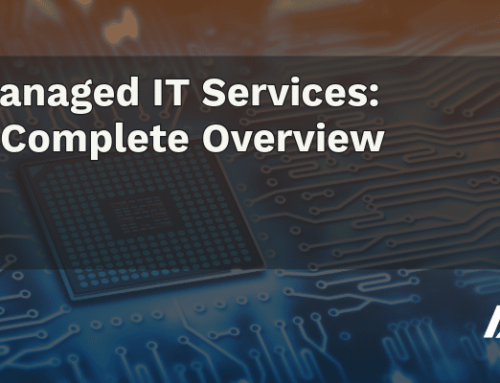In these days of remote work, moving to the cloud has surfaced as an urgent business imperative for the C-suite. And it makes sense: Cloud environments provide speed, access, capacity, scalability, connectivity, and even security features in stronger measures than on-premises environments.
But as you start digging into and gaining an understanding of cloud solutions, you realize there’s more than one cloud model. In fact, there are few: private, public, and hybrid cloud are all types of deployment models that are up for your consideration.
So, what does each cloud deployment type mean, and what are the benefits and drawbacks? Here, we take a look.
What is a private cloud?
A private cloud is solely owned by and dedicated to your organization, and data may be hosted internally or externally.
Benefits: Increased levels of control and security since you won’t share resources with any other organizations. This can be ideal for large businesses or if your business is in an industry concerned with certain regulatory or compliance requirements (such as GDPR, HIPAA, or FINRA).
Drawbacks: Because your organization owns the servers, the onus is on you to maintain and service those servers. In addition to bearing the full maintenance costs, you’ll also need to replace your servers at regular intervals. Those factors render this the potentially more expensive option, and it can also reduce your ability to scale on demand.
What is the public cloud?
In the public cloud, you do share hosting resources, and your data is stored externally in the provider’s data center.
Benefits: You don’t have to bear the full cost of infrastructure, because essentially you’re tapping into a third-party cloud service provider, such as Microsoft Azure or Amazon Web Services (AWS). Reliability is also a pro. This can be a highly scalable solution — with the cloud, you pay according to what you use, and adding resources is relatively easy.
Drawbacks: Security can be a concern, mainly if your business doesn’t have the resources to uphold strong cybersecurity practices. Flexibility of use and implementation and lack of control over maintenance and management, as well as an inability to customize certain things can be issues for some businesses.
What is a hybrid cloud?
A hybrid, or multi, cloud is a combination approach: Combining the use of one or more public cloud platforms with private cloud solutions, and some on-premises infrastructure. Data and apps can move between the environments.
Benefits: In many ways, hybrid cloud deployment allows you to create the exact structure you need. You don’t have to rely on a single cloud provider and can have increased customization, ability to meet industry compliance requirements, and additional levels of flexibility. Customizing your cloud solution in this way can also give you greater cost savings.
Drawbacks: This type of cloud deployment can get complex quickly and lead to sprawl, making management, security and governance that much more complex.
Determining Your Ideal Cloud Deployment Model
Having the right deployment model in place can transform your business and give you a competitive edge. Determining which cloud strategy is best for your business involves determining the right mix of three key factors: Cost, reliability, and scalability.
Cost: Costs of a private cloud include capital costs (equipment purchase and maintenance) and IT overhead. Costs associated with a public cloud include paying for whichever service model you opt to use (SaaS, PaaS, or IaaS).
Reliability: With a private cloud option, you could face server downtime that must be remedied by your internal IT team or an outsourced provider (who can also manage your cloud) like AccountabilIT. Outages or downtime are rare in the public cloud.
Scalability: With a private cloud, you could under-utilize resources or run out of capacity, and have to add lead times to add hardware and services to meet demand. Private and hybrid cloud models can offer greater scalability.
Your business model and priorities will need to be taken into account when weighing these factors and selecting your deployment model. Perhaps the best thing about cloud computing is that your business does have choices, and the ability to select the strategy that will support your organization best.
What’s Next:
Our cloud services experts are here to help you sort out all the ins, outs, and in-betweens of private vs. public vs. hybrid cloud models, and help you make and implement a decision based on your business needs. Get in touch today.




